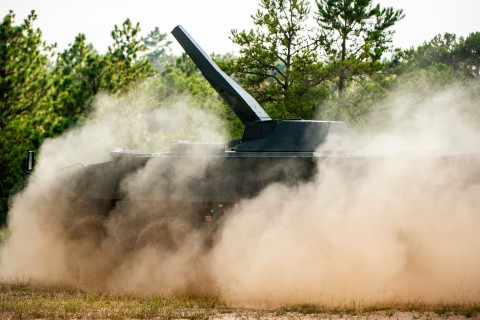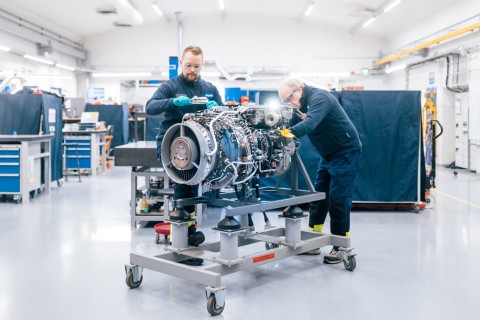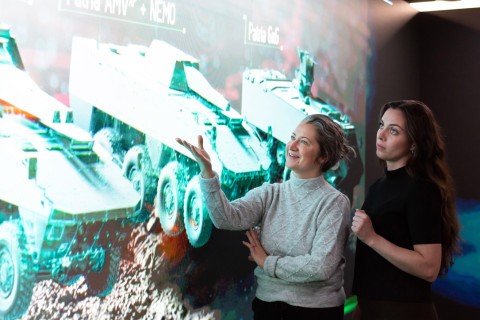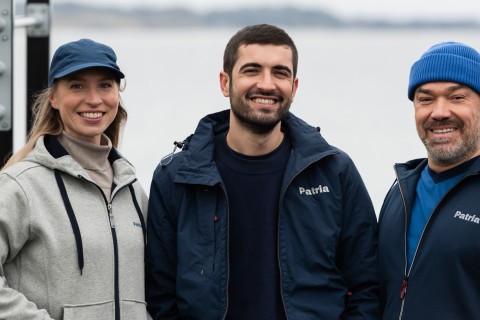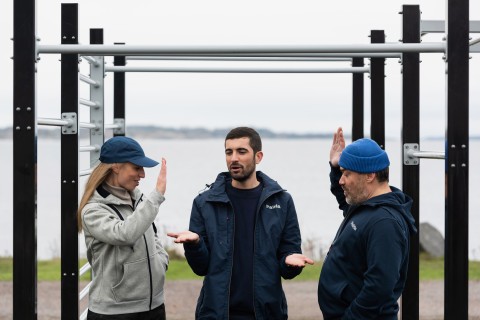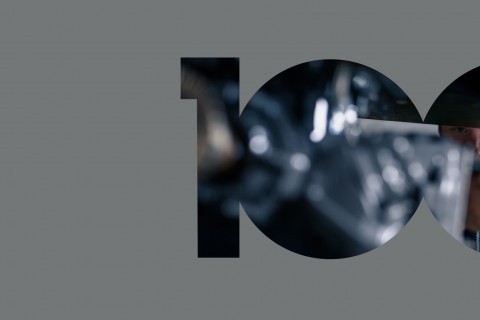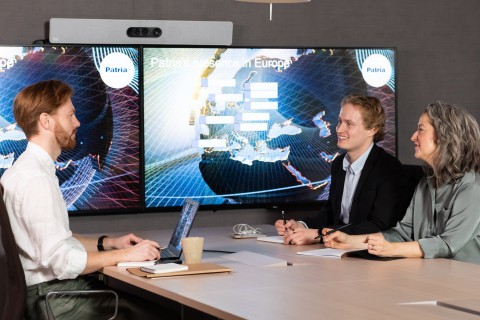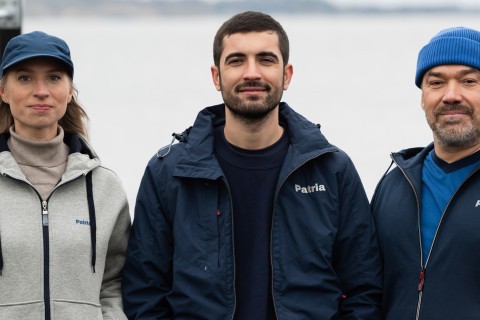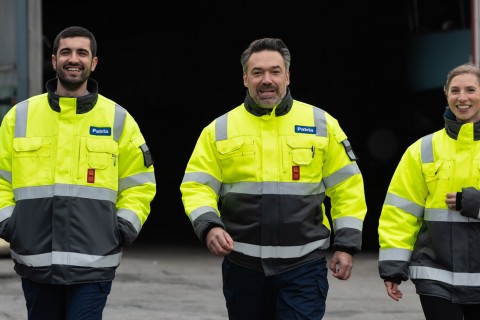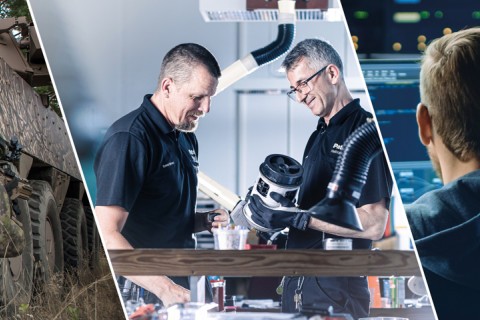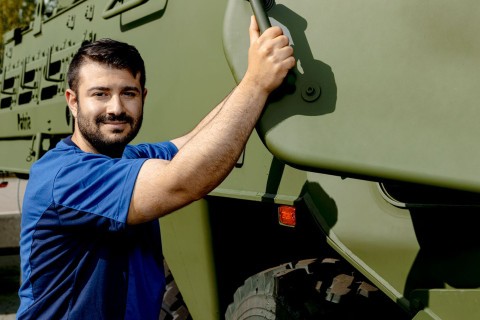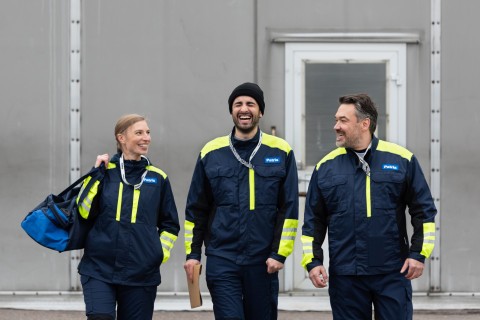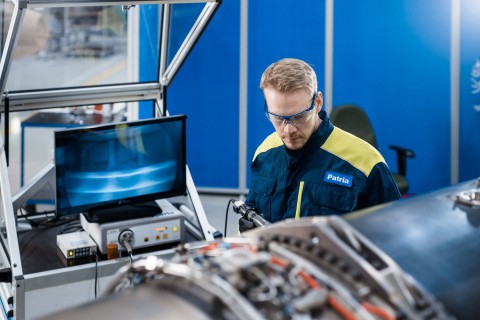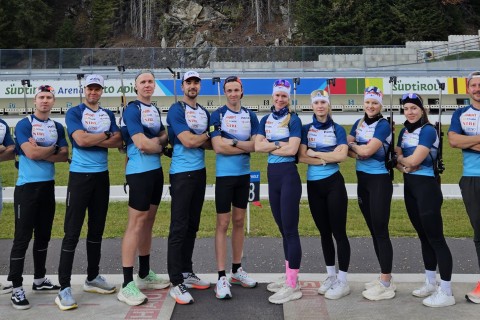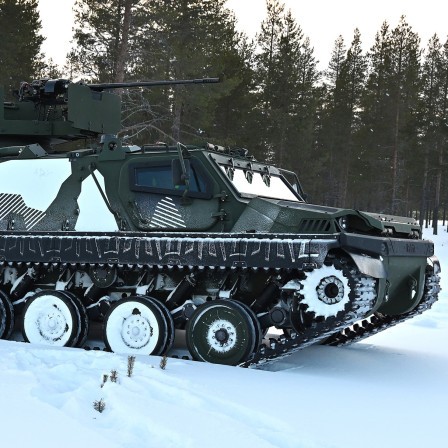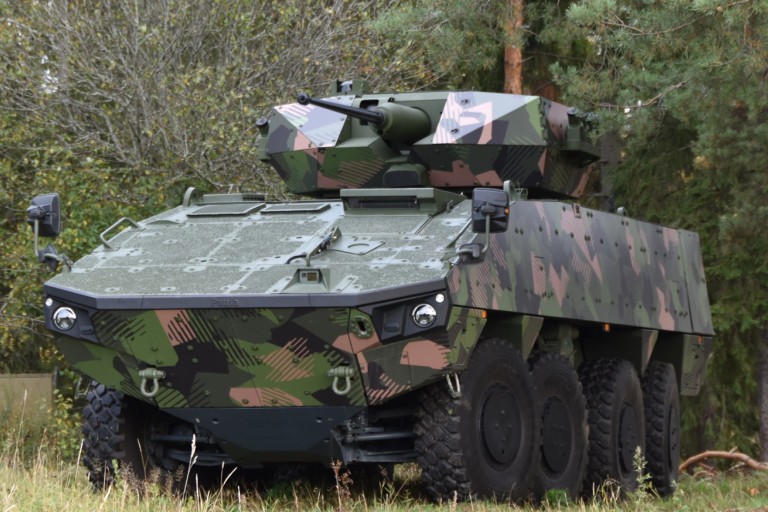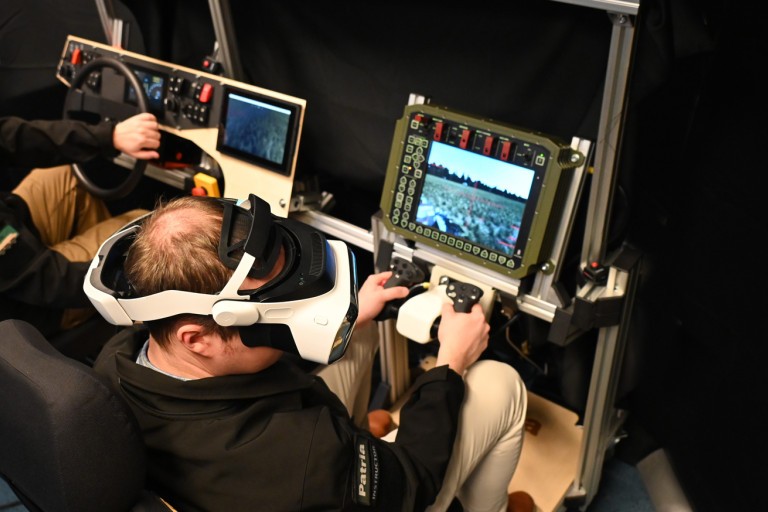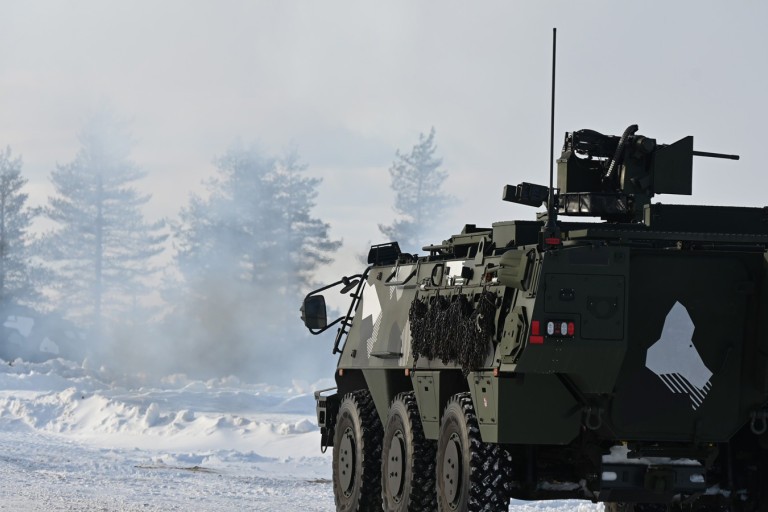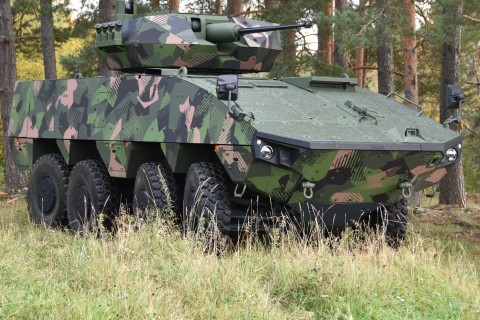
Now it is the Army’s turn
5.12.2017
Jussi Niinistö, Minister of Defence of Finland.
A great deal of interest has been raised in the so-called strategic projects of the Navy and, in particular, the Air Force – and with good reason. Major defence investments lie ahead of Finland, without which the independent and credible defence of our country will collapse. Critical development projects in line with the Defence Policy Report must therefore be implemented on schedule. Defence capability will be developed as a whole. The development work will cover all defence branches and performance areas. In the current decade, the focus of development in the Defence Forces is on the Army, particularly rapid response forces. The Army has reasonably good capabilities at the moment. The report states that the Army’s capacity to repel major offensives must be maintained.
The Army’s principles of deployment and its competencies and equipment are being measured in accordance with the requirements and resources of the planned operational areas. The effectiveness of operational forces will be developed more systematically, despite growth in the proportion of lightly equipped troops. The mobility, firepower and effectiveness of such troops will be improved by modernising the so-called BMP-2M fleet, life-cycle upgrades to the CV9030 fleet and the procurement of Leopard 2A6 tanks. The Army’s surveillance and target acquisition capabilities will be improved and a new generation of anti-tank weapons and munitions will be purchased. Ageing artillery will be replaced with the mobile and high-firepower K9 artillery system. Longer-range munitions have been purchased for heavy rocket launchers. Although purchases to replace ageing materiel will improve the Army’s capabilities, the amount of materiel will not be as high as before. On the other hand, part of the Finnish Defence Forces – and the Army – has always been equipped with older but well-functioning military equipment. Not all missions require state-of-the-art technology. Soldiers equipped with an assault rifle, axe, knife and mess kit are still needed in the age of hybrid hype.
We have cost-efficiently acquired second-hand but serviceable material. The Leopard 2A6 and K9 procurements are a fresh example of this. We are neither seeking points for style nor equipping a flea market army, but are fitting out a functional Finnish military machine. Finnish expertise is important. We have world-class, Finnish industrial expertise in ground forces technology. Finnish expertise and the lifecycle support provided by partnerships with companies such as Patria and Millog are a fundamental part of overall defence and security of supply. We must also look to the future. We must develop our high-performance defence technology base in Finland. We must not forget the importance of Finland’s strong innovation and industrial expertise – the sufficient resourcing of the R&D and technology sector has been a challenge. The joint European Defence Fund is an interesting project in this respect; the related research funding initiatives are welcome. This will unleash a new type of technology cooperation across borders and between players. Finland should benefit as much as possible from this initiative, in order to develop our defence and technology base.
What did you like about the article?
Thank you for your opinion! You can share the article on social media using the buttons below:
These articles might also interest you
18.12.2025
Patria AMV XP - Performance evolved
12.12.2025
Patria SHIFTR - Communication wins battles
